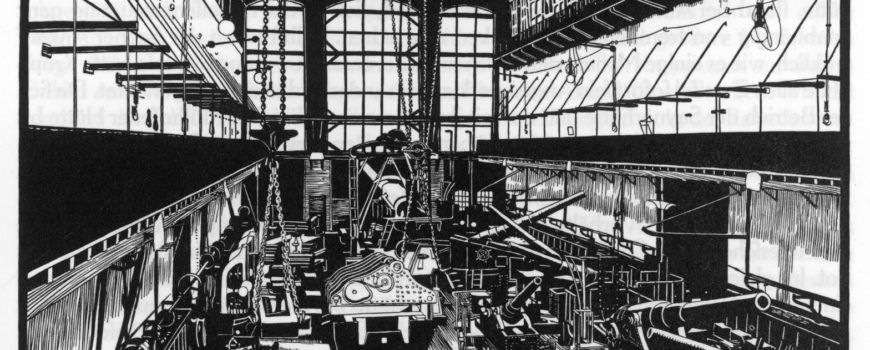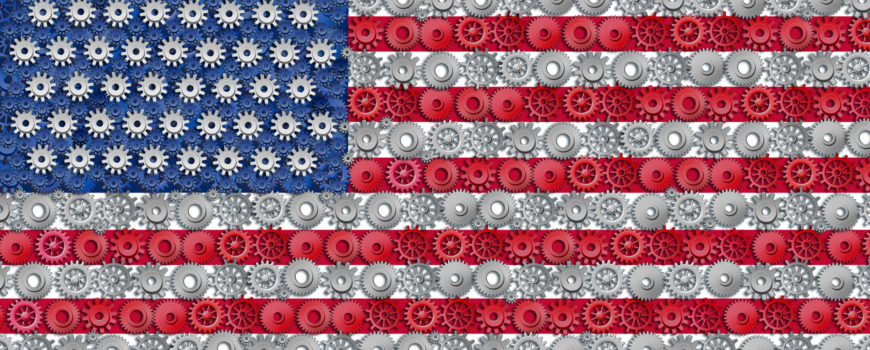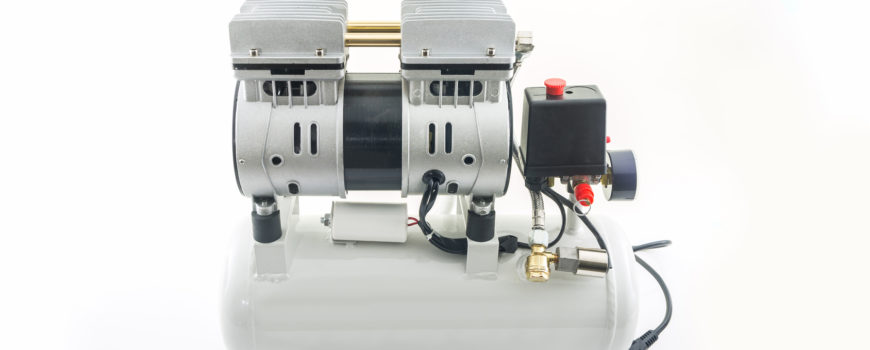People should look for several items when they are choosing a precision machine shop to make certain that they make the right choice.
Communication Skills
The person in the shop that you are telling about your job or project should have great communication skills. They should be skilled at their job and know what the others in the shop can accomplish. If this person is experienced, they will also have questions for you to help you to describe your job in as much detail as possible. Great communication is the first skill to look for, because if you and the shop manager are not on the same page, your project may not come out as you saw it.
Innovative Technology
A good precision machine shop is only as good as the available technology they use and it is based on the technician’s knowledge to use it. Research what types of equipment are needed to manufacture a prototype of your project. Then ask what types of equipment the machine shop uses such as CNC Machining, Manual Machining and Wire EDM. Also, ask if the process uses more than one type of machining for the run. The machine shop should also be able to have certified technicians to run the software available for the process so they can implement any changes in the design that you may ask for. Shops with the latest technology are forward thinking and will learn and implement new processes to keep up with the rising technology needed.
References and Samples of Work
A great machine shop will have a project book with photos of some of their past work along with the customer’s names and phone number and won’t be afraid to share these things with you. If they don’t give you references or explain past processes, they may be hiding something about their performance from you. The project book should have their most difficult jobs that they completed in it to show how capable the machine shop is in their business.
Flexibility
Machine shops that are proficient in their work will have some sort of process to allow flexibility in the project while it is underway. They should report to you at certain steps of the process to make certain they are on track and be able to change things if it isn’t to your specifications. This helps to get the first prototype correct and sets in place the specifics for a full production run of your products. If they don’t have a schedule set up, you may want to look elsewhere for a precision machine shop that is more compliant.
Quality Control
All machine shops should have a quality control inspector, whether in-house or out of house to ensure that your project meets all of the specifications that it should. They should be willing to talk about their quality certifications such as ISO 9001 and AS9100 standards and share with you what types of equipment they use to ensure the standards are met.
Looking for these items will help you to find a quality precision machine shop that you can use for prototypes, parts and projects of any size to successfully fulfill your wishes and demands.











